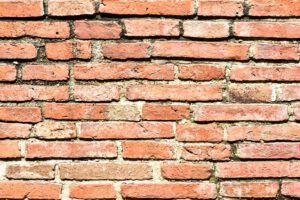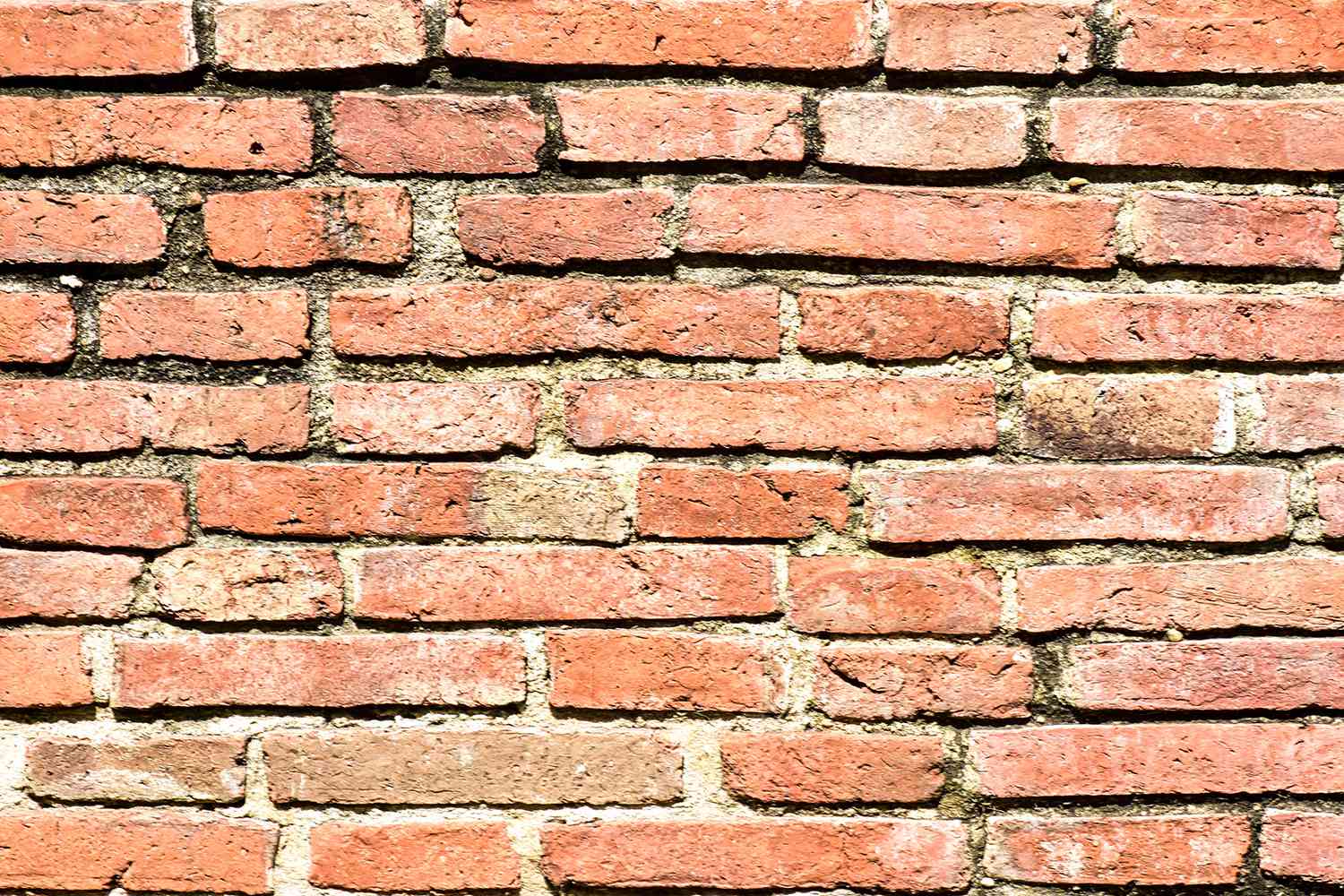Brick Masonry Charleston SC is an excellent choice for any home improvement or building project. Learn about handling, brick-laying, and curing techniques to help you get the most out of your masonry project.

The first course of a brick wall is called the header course. Header bricks are shaped, with one side rounded.
Bricks are arranged together in a layered pattern and bonded with mortar to build strong walls. These bricks are made of clay and other natural materials and baked at high temperatures, which makes them hard and strong enough to hold up a building without the need for steel columns. Bricks can be used for building walls, floors, and roofs. They are also very durable and have a high resistance to moisture.
Before starting the construction of brick masonry, it is important to check the quality of the materials. The bricks must be of the proper size and have good strength. The mortar should also be of the proper consistency. It is also important to ensure that the water being used for mixing the mortar has a low concentration of total dissolved solids (TDS). Water with a higher TDS should be rejected as it will affect the strength of the brick masonry.
The bricks should be free from any cracks or voids. They should have a fine, compact texture and be of a uniform color. They should not absorb more than 20% of their own weight and should not contain any water-soluble sulfates or chlorides. They should also have a metallic ring when struck with a hammer and should not break upon dropping on another brick. The mortar should also be of the proper ratio and consistency and must have a high strength.
While brick masonry is very durable, it can become damaged if the proper care is not taken. The foundation of a brick structure should be leveled, and the mortar should be well mixed. The proper cement-to-water ratio is essential, and the mortar should be allowed to set for a few days before it is used.
The surface on which the bricks are being laid should be dampened with a small amount of water before construction begins. This will help to reduce the likelihood of moisture penetration into the bricks, which can cause them to deteriorate over time.
A good way to test the strength of bricks is to use the prism testing method. Prism tests can provide a much more accurate and reliable result than unit strength tests. When testing a prism, it is important to keep in mind that the test results are based on the net area of the prism and not the gross face area. To get a more accurate result, it is recommended that ungrouted prisms be delivered to the laboratory with additional reduced-length bricks that are identical to those used in the prism construction.
Durability
Brick masonry is a durable construction method that can last a long time if properly built and maintained. The durability of a brick wall is dependent on its design, materials, and location. It should be designed to withstand the climatic conditions of its location and the loads it will carry. For example, it is important to choose brick that will withstand frost and thaw. This is especially important in a northern climate where winter freeze-thaw cycles are common.
Bricks are usually made of clay but can also be made of terra cotta, stone, concrete, and other aggregates. They are bonded together with cement mortar in order to construct durable brick-masonry walls. The materials used in brick masonry construction must be of good quality to ensure that the finished product will withstand the weathering effects of time and exposure to various elements.
One of the most common problems associated with brick masonry is deterioration due to rainwater and abrasion. The moisture is absorbed by the porous clay surface of the brick and can cause problems such as cracking, flaking, and blistering. This problem can be avoided by using proper waterproofing techniques.
Another consideration for durability is the type of mortar used. A masonry mason should always choose a high-quality mortar mix that has been thoroughly tested and proven to perform well under the specified conditions. Also, the mason should use consistent tooling techniques. Tooling too soon can cause the mortar to loosen and change color, and tooling too often can deteriorate the mortar. The mason should also keep an eye out for cull bricks and turn bad faces into cavities or discard them.
Blocks of cinder or ordinary concrete, sometimes called breeze blocks, are much more durable than brick and can be used to build entire walls for structures where the appearance of brick is not desirable or acceptable. They are also easier to lay for a given size wall than brick and have less water absorption. A stucco surface can be applied over the blocks to provide a more attractive finish to the structure.
Appearance
Brick masonry is an ancient and time-tested building method that has been refined over the years to produce the highest quality masonry work available. This type of masonry is used for a wide range of projects, from brick walls to retaining walls, fireplaces and chimneys, bridges, and more. Masonry is an art form that requires a high level of skill in order to produce the best results. Masonry can be done in a variety of styles, from traditional to modern, and it can incorporate a variety of different materials such as stone, wood, concrete, and steel.
Bricks are made from clay and other natural ingredients such as sand or straw, then baked at high heat to make them hard and durable. They are then bound together with a mortar made from cement, sand, and water to create walls, buildings, and other structures. Masons can use a variety of brick types and colors to create unique and attractive designs for their projects.
The cost of brick masonry is determined by the type of brick used and the complexity of the design. Standard burnt clay bricks are the most common and affordable choice, while more decorative bricks, such as those made with fly ash or firebricks, can be quite expensive. In addition, the number of bricks used to create a wall will impact the cost, as will the style of bond used.
Masonry is a skilled profession, so masons charge higher rates than some other laborers. Additionally, working with bricks is more time-consuming than working with other materials, so masons usually charge more per hour than other builders.
Most brickmasonry projects involve repairing existing structures, but masons also build new walls and other structures from bricks, terra cotta, precast masonry panels, and concrete block. They may also install concrete countertops, sidewalks, and stairs. Masons can also repair cracked or damaged brick veneer by repointing, cleaning, and caulking the joints between the bricks. They can also help prevent damage by grading the landscape so that water drains away from brick walls, cleaning gutters regularly, and trimming trees so they don’t put pressure on the wall with their roots.
Cost
Brick masonry is a popular building technique. It offers several advantages over other construction methods, including less labor, a low cost, and low maintenance requirements. However, there are some disadvantages to this method as well. It is important to weigh the pros and cons of this popular construction technique before deciding whether it is right for your project.
Masonry is a method of building in which clay, stone, concrete blocks, and other materials are joined together with mortar. It has been used for thousands of years and is considered one of the most durable construction methods available. It is also very versatile and can be used to build a wide variety of structures. Masonry is commonly used in buildings and walls, but it can also be found in sidewalks, patios, fountains, firepits, and other decorative elements.
The bricks themselves are made from a combination of clay and other natural materials, such as sand or straw. They are then baked at high temperatures, which makes them strong enough to hold up a wall without the need for steel columns. The mortar that holds the bricks together is called cement or mud mortar, and it should be at least 12 mm thick in all joints.
To calculate how many bricks you will need for your project, start by measuring the surface area of the area where the masonry structure will be built. Then multiply that number by the height of the wall and the width of the mortar bed. This will give you the number of bricks you need.
You can use our brick calculator to get an approximate estimate of how many bricks you will need for your masonry project. However, there are many factors that can influence the number of bricks needed, such as the type of brick, mortar thickness, and size of the openings.
Another factor that can impact the number of bricks you will need is whether you are building a freestanding wall or need to include piers in your design. You can find more information about calculating the number of bricks needed for different projects by using our brick calculator or visiting our page on how to calculate the number of bricks you will need.
